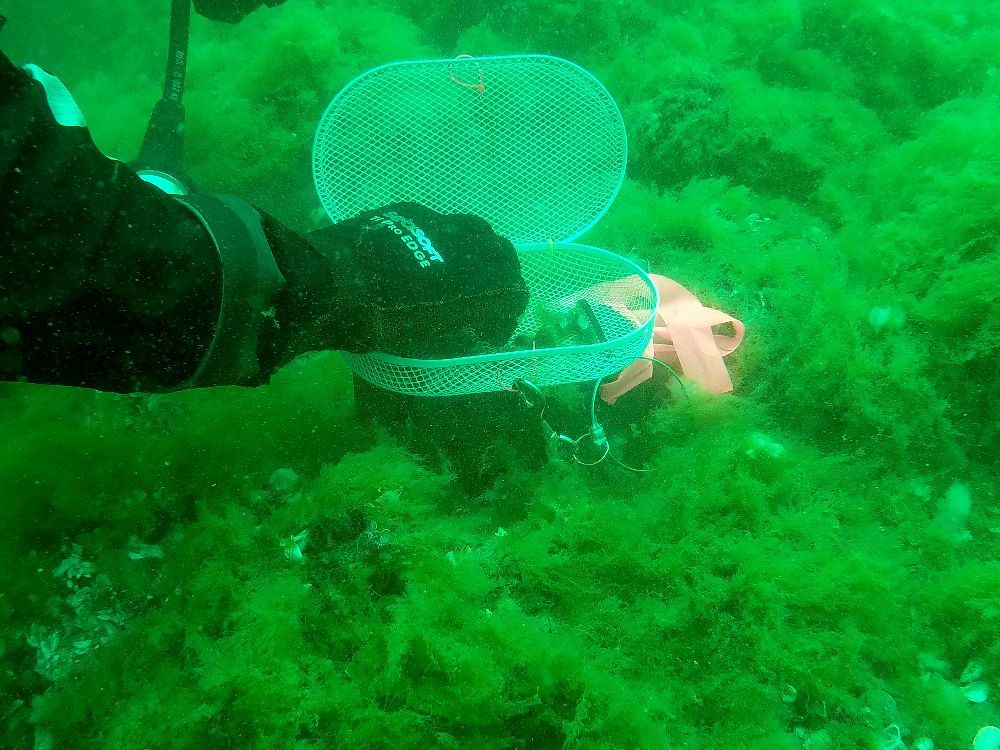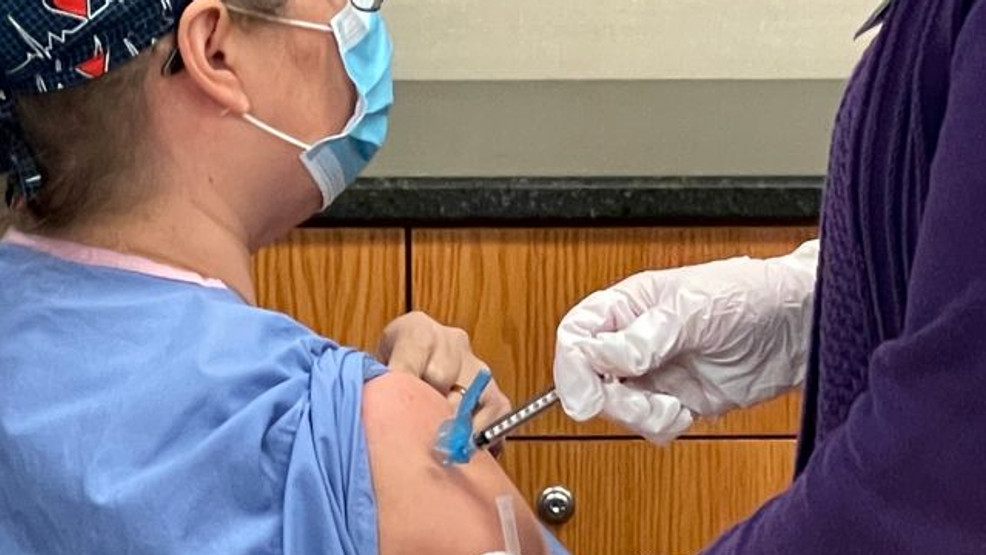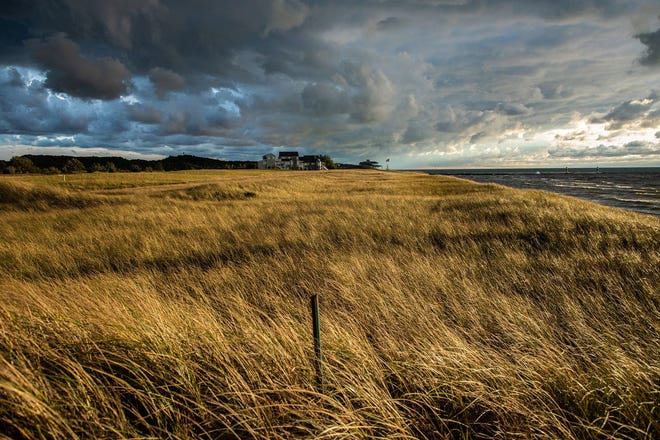MICHIGAN – Northwest Lower Michigan’s national park proved a fruitful natural laboratory for an invasive species study.
Scientists recently reported pronounced reductions in both cladophora algae and quagga mussel density in Lake Michigan’s offshore waters near Sleeping Bear Dunes National Lakeshore after an underwater project by the Invasive Mussel Collaborative. An offshore fish-spawning reef was the experimental zone in Good Harbor Bay.
Scientists said they observed a 95 percent reduction in mussel density by using an inert, or dead, bacteria in a compound called Zequanox, a molluscicide designed to target zebra and quagga mussels without affecting native mussel species. The compound disrupts the invasive mussels’ ability to consume nutrients and they eventually die.
The results are heartening, officials said.
Erika Jensen, interim executive director for the Great Lakes Commission, said they were encouraged by the experimental project’s outcome and will look for “an opportunity to conduct related studies in other locations around the Great Lakes.”
The scientific goal was to find a way to better manage invasive zebra and quagga mussels that have infested Great Lakes waters, particularly in natural rocky reef habitats. The project involved divers who built underwater containment areas with poles and plastic tarps, so they could treat mussels collected on an offshore reef in Good Harbor Bay.
The collaborative will monitor the studied spot offshore from the national park to see whether the invasive mussels will recolonize, officials said.
“This project and related efforts show us that targeted mussel removal has the potential to help us restore these important coastal reefs,” said Dave Clapp, fisheries biologist for the Michigan Department of Natural Resources.
Officials said research began in the park’s offshore waters in 2016 when divers manually removed invasive mussels from a 430-square-foot zone on the same reef. Last year divers noted that area had not recolonized with mussels, but officials said the hand-removal process was far too laborious.
The Great Lakes have experienced a pervasive invasive mussel problem for the last three decades, creatures introduced through the ballast waters of ocean-faring ships. First zebra mussels had a population surge in the Great Lakes, then the quagga mussels took over when the zebra mussels diminished.
Scientists pointed to the prevalence of the invasive mussels as what fueled the growth of claudophora algae in the Great Lakes. Claudophora is the algae connected to avian botulism outbreaks that kill fish, shorebirds and also mammals that eat carrion on the beach.
The mussels also serve as abundant food sources for the invasive round goby fish, which scientists say plays a role in the avian botulism outbreaks.
“We’re concerned with understanding the cascading consequences of invasive mussels on these coastal ecosystems and food webs,” said Julie Christian, the national park’s head biologist.
A video about the research project can be viewed at the collaborative’s account at www.youtube.com online.
The Invasive Mussel Collaborative is a joint project of the Great Lakes Commission, Great Lakes Fishery Commission, National Oceanic and Atmospheric Administration and the U.S. Geological Survey.












